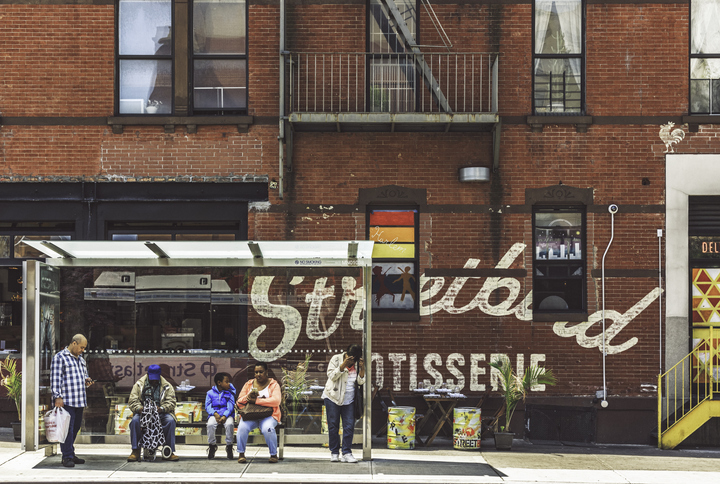An experimental new court model has been shaving numbers off the high reoffending rate for parolees in one of New York’s most notorious crime neighbourhoods. Now, an Australian policy lawyer believes the same model could be worth exploring in NSW.
The Harlem Parole Re-entry Court helps offenders reintegrate into the community after they have left jail by connecting them with local social services and requiring them to attend regular hearings before a judge, who monitors their behaviour. The program is one of the first of its kind in the world and represents a full-circle approach to rehabilitating former criminals after they have served their prison sentences. Policy Officer at the NSW Law Reform Commission and Sentencing Council Secretariat Nayomi Senanayake travelled to New York to study the program last year on a grant awarded to her by the Law Society of NSW’s 2017 John Hennessy Research Scholarship, which offers a scholarship up to $10,000 for public sector lawyers to undertake research in another jurisdiction and make recommendations for the improvement of the legal system in NSW.
Senanayake spent two weeks in New York investigating whether the Harlem Court program could be transferrable to the NSW parole system, and in April returned an optimistic report to the Law Society of NSW. “A re-entry court could be a way for NSW to curb its reoffending rates and enhance the effectiveness of its parole scheme,” wrote Senanayake. “In a climate of growing parolee numbers, a similar program in NSW might have a significant impact in reducing recidivism, especially within vulnerable communities and areas with a high concentration of parolees.”
A 2014 report by the NSW Bureau of Crime Statistics and Research (BOCSAR) showed that one in four parolees in NSW reoffended, and 2018 statistics from the NSW Reoffending Database, compiled by BOCSAR, found that almost half the adults who exited prison were reconvicted in the next 12 months. However, Senanayake’s report noted that programs like the Harlem Re-entry Court could reduce the likelihood of this reoffending.
“A randomised controlled trial conducted on the Harlem Court found that, at 18 months post release, Harlem Court participants were significantly less likely to be reconvicted or have their parole revoked, compared with a control group,” wrote Senanayake.
The Harlem Court matches participants with a parole officer and a case manager who connects the parolee to social services in the community. The case managers help parolees to secure housing, assist them to apply for a driver’s license, or help them enter necessary drug or alcohol rehabilitation programs. The participant and his or her parole officer then also appear regularly before a judge in the court.
Senanayake noted that the word “court” was used loosely and the program was perhaps better described as a parole program – helping to ensure former inmates stay out of jail and successfully re-enter the community. Parolees had six months to complete the program and, if successful, would celebrate with a graduation ceremony before transferring to regular parole supervision for the remainder of their parole term.
In a separate trial that Senanayake’s report referred to, Harlem Court participants were found to be more likely to be employed, had a significantly higher annual income, reported less drug use and demonstrated better quality family relationships than parolees not in the program.
Senanayake said the challenges that prevented more re-entry courts from opening were the costs and resources involved. Perhaps unsurprisingly, matching a case manager, parole officer and judge to each individual parolee was resource-intensive for the Harlem Court administrators and such programs would be hard to scale because of their high initial cost.
However, Senanayake noted that “re-entry courts are not appropriate for mass replication” and “the most effective re-entry courts target a specific group of offenders and deliver programs to that group”.
“While there are differences in parole between NSW and New York, there are elements of the Harlem Court that could be used in a local re-entry court mode,” the report concluded.
By actively addressing unemployment, substance abuse and other issues that cause criminal behaviour, a re-entry court could find success in the NSW criminal justice system, she added.




